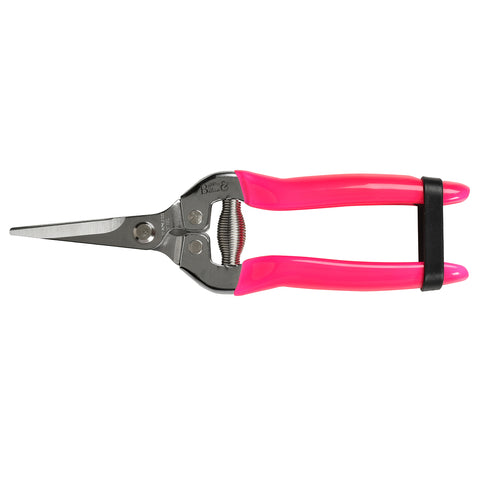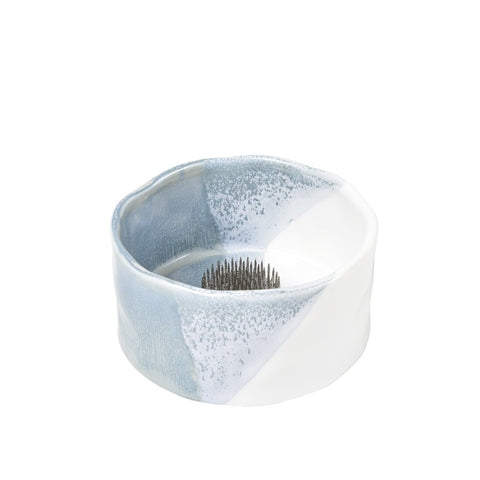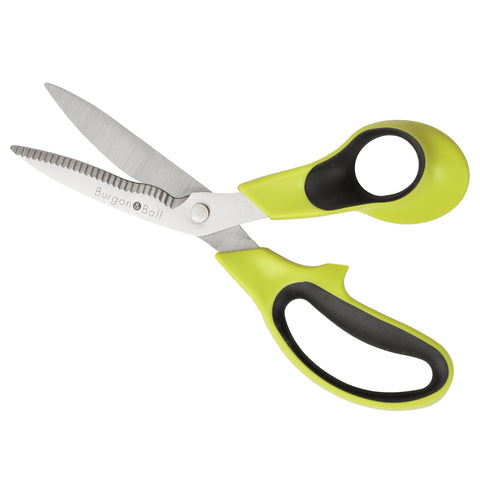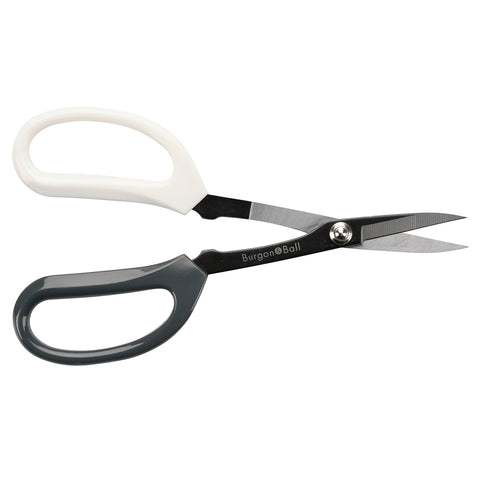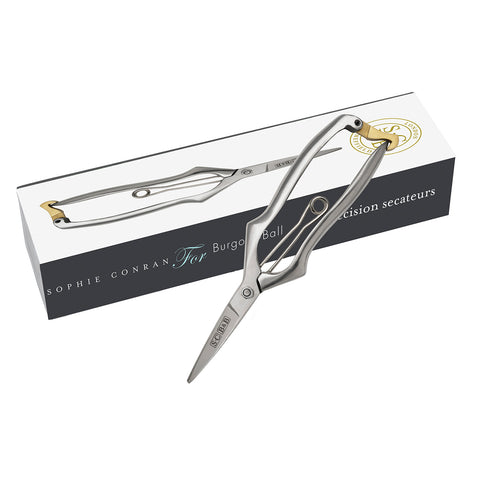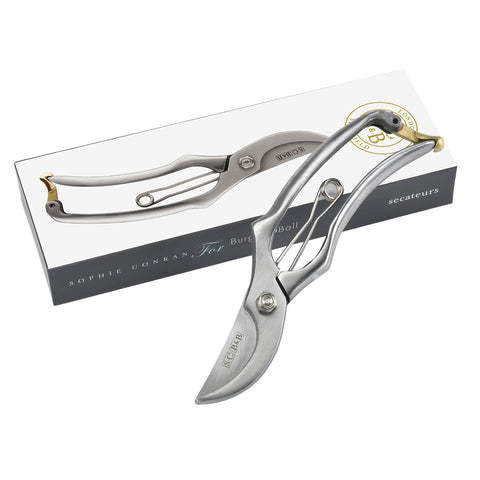 Japanese flower arranging (ikebana) seems to epitomise the culture of Japan where it has developed over centuries: elegant, restrained, respectful. Deeply rooted in a connection to nature and with an appreciation of how much our own wellbeing and happiness depends upon it, the principles behind this unique and distinctive style of flower arranging seem to be more important than ever, in today’s hectic world.
Japanese flower arranging (ikebana) seems to epitomise the culture of Japan where it has developed over centuries: elegant, restrained, respectful. Deeply rooted in a connection to nature and with an appreciation of how much our own wellbeing and happiness depends upon it, the principles behind this unique and distinctive style of flower arranging seem to be more important than ever, in today’s hectic world.
In Japan’s indigenous Shinto religion offered evergreen branches to the gods to try to capture the ephemeral beauty of the natural world. When Buddhism came to Japan in the sixth century, the arrangements became more elaborate and eventually evolved into ikebana, which dates back over 500 years. There are many schools of ikebana, with distinctive styles; ancient principles dictate the placement of branches or flowers at specific angles to represent the relationship of heaven, earth and man.
Today, though, ikebana is approached much more freely – it’s something everyone can enjoy. Although its origins have close links to the philosophy and religion of Japan, ikebana captures a moment of expression, of appreciation for the flowers and how they make you feel. There’s no right or wrong, so get creative!
 Getting started: what you'll need
Getting started: what you'll need
There’s not much equipment needed to get started in ikebana. You’ll need a vase or bowl, and some sharp scissors for cutting soft green growth. A bypass secateur might be useful, too, to cut thicker, woody growth to size. Finally, you’ll need a ‘kenzan’. ‘Frog’ in Japanese, the kenzan is a heavy metal disc with upright spikes, onto which the cut stem of the flower is placed, so that it stands up. The spikes help the stem to take up water and to stay fresh, and of course keep the flower in place in the arrangement.
 As to what kind of plants to use, the choice is yours! Try to include various sizes, shapes, colours and textures. The design can be harmonious, or aim to create a striking design through using opposites. Aim to include some height, so look to include plant material of at least three different lengths to add variety and interest. Ikebana uses stems not just vertically, but diagonally and even horizontally, so a long stem doesn’t necessarily mean you’ll have a finished design that’s enormously tall – although this works, too, if that’s what you feel like creating!
As to what kind of plants to use, the choice is yours! Try to include various sizes, shapes, colours and textures. The design can be harmonious, or aim to create a striking design through using opposites. Aim to include some height, so look to include plant material of at least three different lengths to add variety and interest. Ikebana uses stems not just vertically, but diagonally and even horizontally, so a long stem doesn’t necessarily mean you’ll have a finished design that’s enormously tall – although this works, too, if that’s what you feel like creating!
Many garden flowers and even ‘weeds’ look outstandingly elegant when incorporated in a delicate ikebana arrangement. A twig of blossom, so emblematic of spring. A trailing arc of bleeding heart or fuchsia looks stunning to welcome warmer months. A froth of cow parsley captures the lushness of summer. Teasels echo the bare bones of the garden in winter. Your arrangements can capture the beauty of the season, and bring it into your home.


How to create your design
Add fresh water to your vase or dish. Only fill it one third full. Tip: adding just a drop of bleach will help your flowers stay fresh for longer.
Add your spiked kenzan to the dish. You don't have to place it centrally – try placing it, for example, at the seven or eight o’clock position in the bowl.
Add your first stem. Take one of your longer stems, and hold it close to your vase or dish. Which way does it bend? Which way should it face to showcase its form? Trim a centimetre from the stem to help it take up water and place it on your kenzan. Trim lower leaves to give a clear shape to the stem.
Add more stems. Add a flower to complement the first stem. You might make it a different length; make it a different colour; make it a different texture. You can do as you choose, and this is the fun part! Is your arrangement soft and harmonious, or do you feel like highlighting a sharper contrast? Whatever you add, remember to cut the stem before adding, to help it take up water.

View and review. Step back from your design and take a look. View from the other side of the room, and from close up. Turn it around. Are you happy with it from all angles? You might choose to move stems, if they’re not giving the effect you want.
Remove material, if you want to. In Western floral design we tend to add more flowers to create a voluminous design with the ‘wow’ factor. Ibekana gives the freedom to sometimes take elements away to create impact. Try it – do you feel the remaining blooms are enhanced by the space around them?
Once you are happy with your design, place it in your home, ideally in an uncluttered area with plenty of space around it. It’s an attempt to capture the beauty of nature, which can be difficult to convey if it's surrounded by the paraphernalia of daily life! Like those early Shinto offerings, your beautiful design shows your appreciation of the splendour of the natural world, so give it the space it deserves. Just remember to check the water every day and top it up if it needs it.
You can really unleash your creativity with ikebana, but there are a few guiding principles to bear in mind as you build your floral designs:
Less is more. Ibekana is as much about the space that you leave empty, as about the space that you fill.

Asymmetry. Nature is asymmetrical and free-flowing; ikebana reflects this.
Opposites. The Far Eastern principle of yin and yang adds impact to your arrangement; include contrasts in texture, shape and colour.
Capture the moment. Ikebana aims to capture the fleeting beauty of nature. Many arrangements include a bud to show hope and the anticipation of beauty.
Enjoy the process. Enjoying ibekana in a relaxed and meditative state will help your creativity flow, and will help you produce designs of elegance, balance, and beauty.
And that’s all there is to it. Ikebana is a fabulous way to capture your love for nature, but if you run out of inspiration, you’ll find lots of ideas on social media. Try searching #ikebana on Instagram, where you’ll find a cornucopia of elegant designs of great beauty to inspire you.
Have fun and enjoy exploring the elegant and beautiful world of ikebana.


